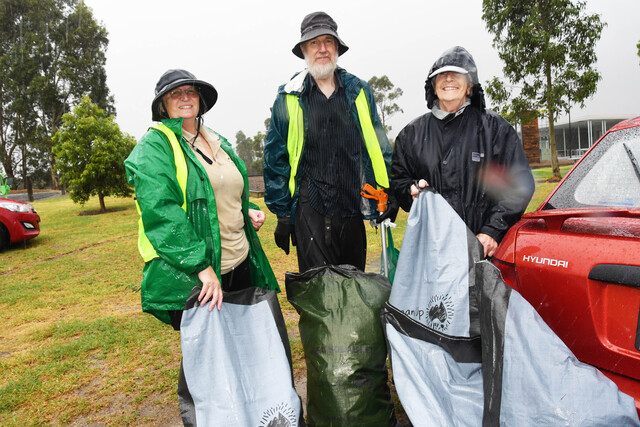The proximity of a proposed waste-to-energy plant in Dandenong South is a “cause of great anxiety” to residents, schools, aged care facilities and businesses, the chair of a community forum has stated.
Jennifer Lilburn, of Kismet Forward, reported on the health and environmental objections raised by many of the 95 community members at the EPA section 20 conference in Dandenong on 3 March.
She recommended that the Environment Protection Authority’s upcoming works-approval assessment of the 70 Ordish Road facility addresses the concerns.
Ms Lilburn stated she neither agreed or disagreed with the objections but recommended “plain English” EPA assessments on potential emissions, noise, odours and by-product disposal.
An air monitoring plan and a rationale for the “acceptable” 1.5-kilometre buffer from schools and homes was also recommended.
The plant would be 1.4 kilometres from the closest residents and Mt Hira College. Within five kilometres are two primary schools, two colleges, three kindergartens and a maternal and child health centre.
“The location of the proposed waste to energy facility is a primary focus for many participants,” Ms Lilburn stated.
“The proximity to residential areas, schools, aged care facilities and local businesses is a cause of great anxiety.”
Despite the proponent’s assurances, people feared contamination of Dandenong Creek, groundwater, recycled water supplies and the risk to residents and a plethora of native and migratory birds.
Another “anxiety” was air pollution comprising mercury, sulfur dioxide, carbon dioxides and dioxins, Ms Lilburn stated.
This would be potentially worsened by incorrect sorting of domestic waste fed into the plant, leading to poisonous materials being incinerated.
People were concerned about the unknown cumulative effect of the plant on top of an existing stench from the industrial-2 area, which was causing children to “vomit”.
There was “suspicion” about the EPA and proponent Great Southern Waste Technologies’ ability to manage and monitor the impacts, as well as distrust of the plant’s technology, Ms Lilburn reported.
“There was also a belief that other countries are moving away from waste to energy and that it is a retrograde step for Australia to consider it when cleaner, more efficient energy generation methods are available.”
Where applicable, the EPA should engage the “precautionary principle” if health and environmental impacts were unknown, Ms Lilburn stated.
If the plant was approved, the EPA should ensure complaints and air quality were monitored, and breaches enforced.
Great Southern Waste Technologies states the plant would annually incinerate 100,000 tonnes of mainly domestic waste otherwise destined for landfill. It would hence reduce greenhouse gases.
Its “clean” gasification technology met European Union standards on emissions, GSWT claims.
The plant would feed 7.9 MegaWatts of electricity into the grid, powering about 7000 homes and businesses.







